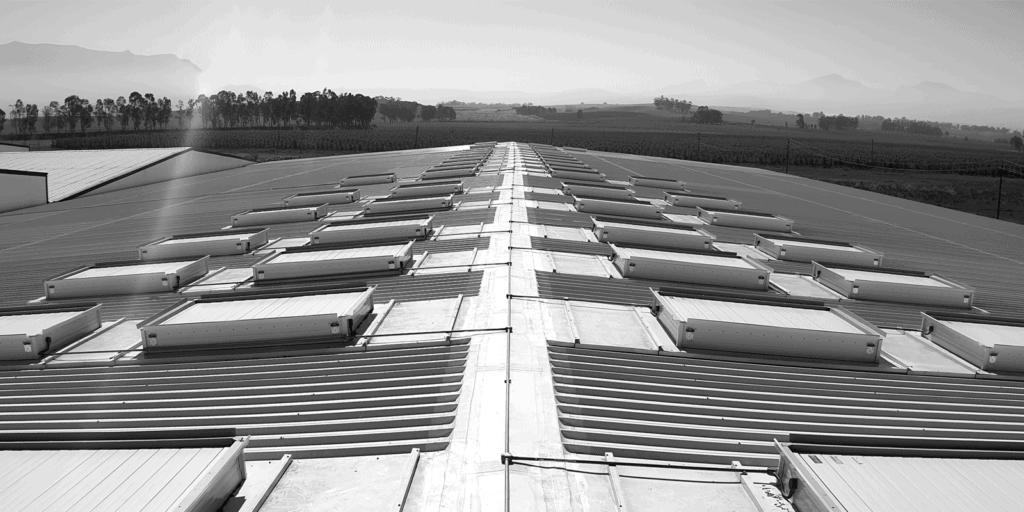Introduction
High-rise buildings present a unique set of challenges when it comes to fire safety and smoke control. Complying with standards like SANS 10400 Part T and EN12101 is essential, and one innovative solution that’s gaining prominence in high-rise structures is the use of window drives in Smoke and Heat Exhaust Ventilation Systems (SHEVS). In this article, we’ll explore the significant advantages of this technology and how it contributes to enhanced fire safety and smoke control in high-rise buildings.
Understanding SANS 10400 and EN12101
Before delving into the specifics of window drives in SHEVS, it’s crucial to understand the standards that govern fire safety in high-rise structures.
1. SANS 10400 Part T
This South African National Standard defines the requirements for fire protection and ventilation in buildings. It ensures that building designs adhere to fire safety standards, including effective smoke control.
2. EN12101
This European standard sets the benchmark for smoke control equipment. While not mandatory in South Africa, it offers recognized guidelines for effective smoke control systems.
The Role of Window Drives in Smoke Control
Window drives, a key component of SHEVS, play a critical role in high-rise buildings. They are responsible for automatically opening windows, aiding in the safe and efficient exhaust of smoke and heat during a fire event. Here are the significant advantages of using window drives in this context.
1. Rapid Smoke Evacuation
Window drives allow for the swift and automatic opening of windows in response to smoke detection or fire alarms. This quick response expedites smoke evacuation, creating a safer environment for occupants to escape.
2. Minimizing Smoke Spread
By opening windows strategically, window drives help prevent the uncontrolled spread of smoke throughout the building. This containment reduces the risk of smoke inhalation and improves visibility for firefighters and evacuees.
3. Energy Efficiency
Window drives can be integrated with building management systems (BMS) to optimize their operation. They can automatically close windows after smoke extraction is complete, minimising energy consumption and the ingress of external elements.
4. Reduced Property Damage
By efficiently controlling smoke, window drives help protect property by minimizing the damage caused by smoke infiltration and reducing the corrosive effects of smoke on building components.
5. Enhanced Tenability
Effective smoke control contributes to tenable conditions in escape routes, allowing occupants to breathe more easily and exit the building safely.
The Synergy with Other Smoke Control Systems
Window drives don’t work in isolation. They are often part of a larger system that includes smoke detectors, control panels, and other components. The synergy between these elements is essential for a comprehensive and effective smoke control strategy.
Conclusion
In the realm of fire control and smoke management, the synergistic relationship between smoke ventilators, sprinklers, and smoke curtains cannot be overstated. ThIn the pursuit of optimal fire safety and smoke control in high-rise buildings, window drives within Smoke and Heat Exhaust Ventilation Systems (SHEVS) have become indispensable. By adhering to standards like SANS 10400 Part T and EN12101 and incorporating window drives into the overall fire safety strategy, architects, engineers, and building owners can enhance the protection of building occupants and property.
These systems play a pivotal role in facilitating rapid smoke evacuation, minimizing smoke spread, and maintaining tenable conditions during fire events. As high-rise buildings continue to evolve, so do the technologies that safeguard their occupants, making window drives a valuable addition to the arsenal of fire safety measure systems, each with its unique functions, work together to create a robust fire safety strategy, maximising the safety of building occupants and minimizing property damage. Architects, engineers, and building owners must appreciate the interdependence of these systems and implement them in harmony to ensure comprehensive fire and smoke control.



